We recently connected with Wati Grossman and have shared our conversation below.
Wati, looking forward to hearing all of your stories today. So, let’s start with trends – what are some of the largest or more impactful trends you are seeing in the industry?
As a former lawyer turned fashion designer I always saw the industry as an outsider. I‘ve worked for big corporations like The Gap and Levi Strauss & Co. and then after running my own brand, for more than 30 years combined, I began to see people caring about the fate of the planet and recognizing the role fashion plays in climate change. More and more I began to see people practicing small steps toward a circular economy and embracing slow fashion. Not only this, but many, instead of reflexively embracing consumer-driven capitalistic values, were and are now rejecting designed obsolescence and recognizing it for what it was and is. Marketing.
Having been on the design and production side of this phenomenon (give the customer a reason to buy!), I’m intimately acquainted with how the traditional supply chain works. I know this is essentially about big corporations triggering our insecurities and preying on our need to conform. New color palettes! New silhouettes! Buy Buy Buy!
Nah, I no longer wanted to be a part of the problem. I didn’t want to be a part of an industry that does so much harm. The planet is burning and in 2020 I felt the urgent desire to help people realize they have a choice. They can reject the marketing ploys of corporate America and instead consume more mindfully. What’s wrong with being more discerning? Let’s be “outfit repeaters” one and all, develop our own unique style, and cultivate a smaller wardrobe.
It sounds so corny but I truly believe we each possess the power to make a difference. Everyday acts, no matter how small help to create awareness and spark the demand needed for big companies to change. Repairing old clothes rather than buying new, shopping second hand, vintage, repurposed, bespoke or couture that will last and can be passed on.
I hope to be able to inspire people to join the movement; this is the most exciting trend I have observed in my professional career. People need to understand this approach to consumption is not about fashion, it’s about clothes and self-expression, and it’s about manifesting individualism and our own definition of beauty.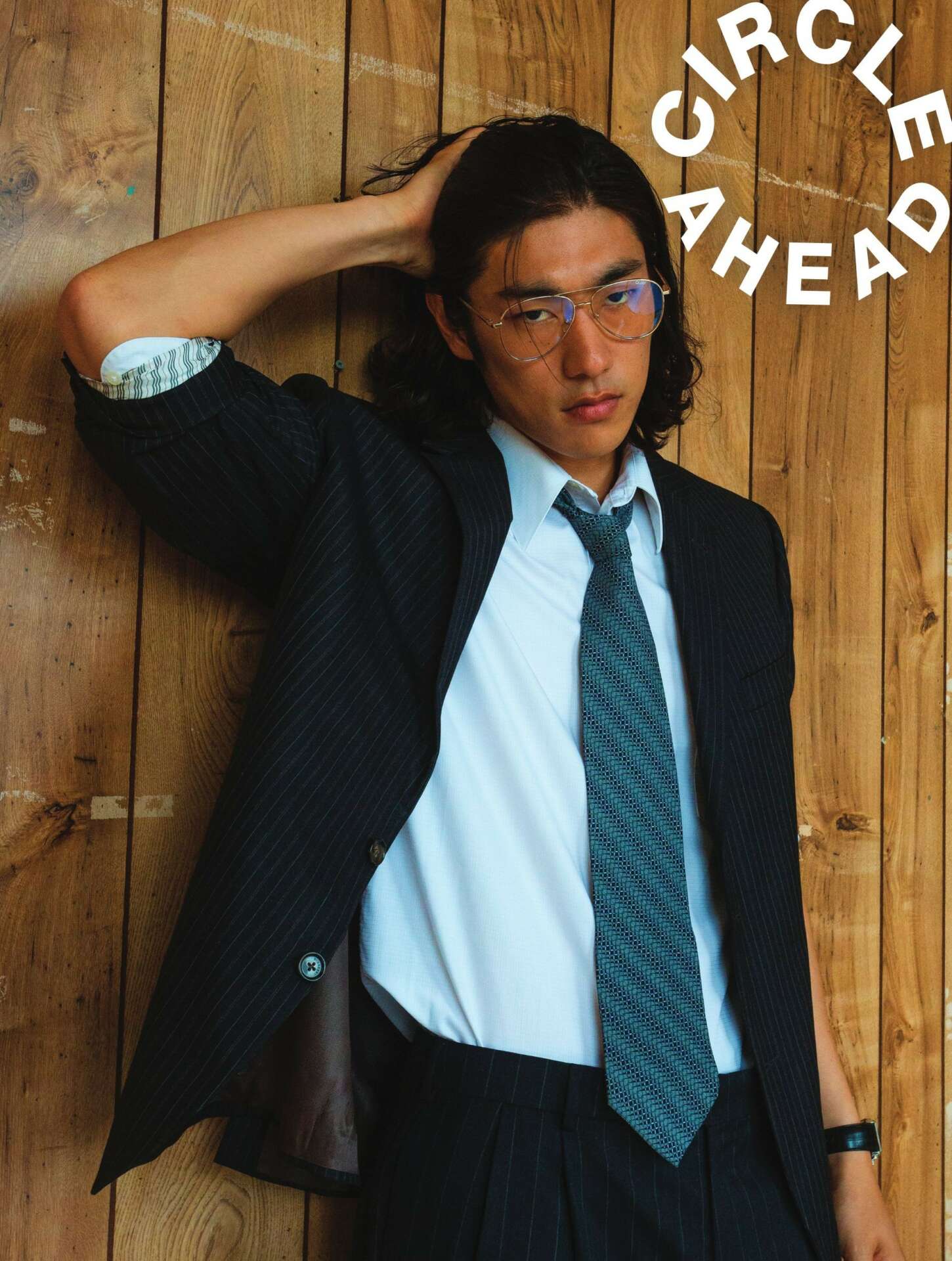
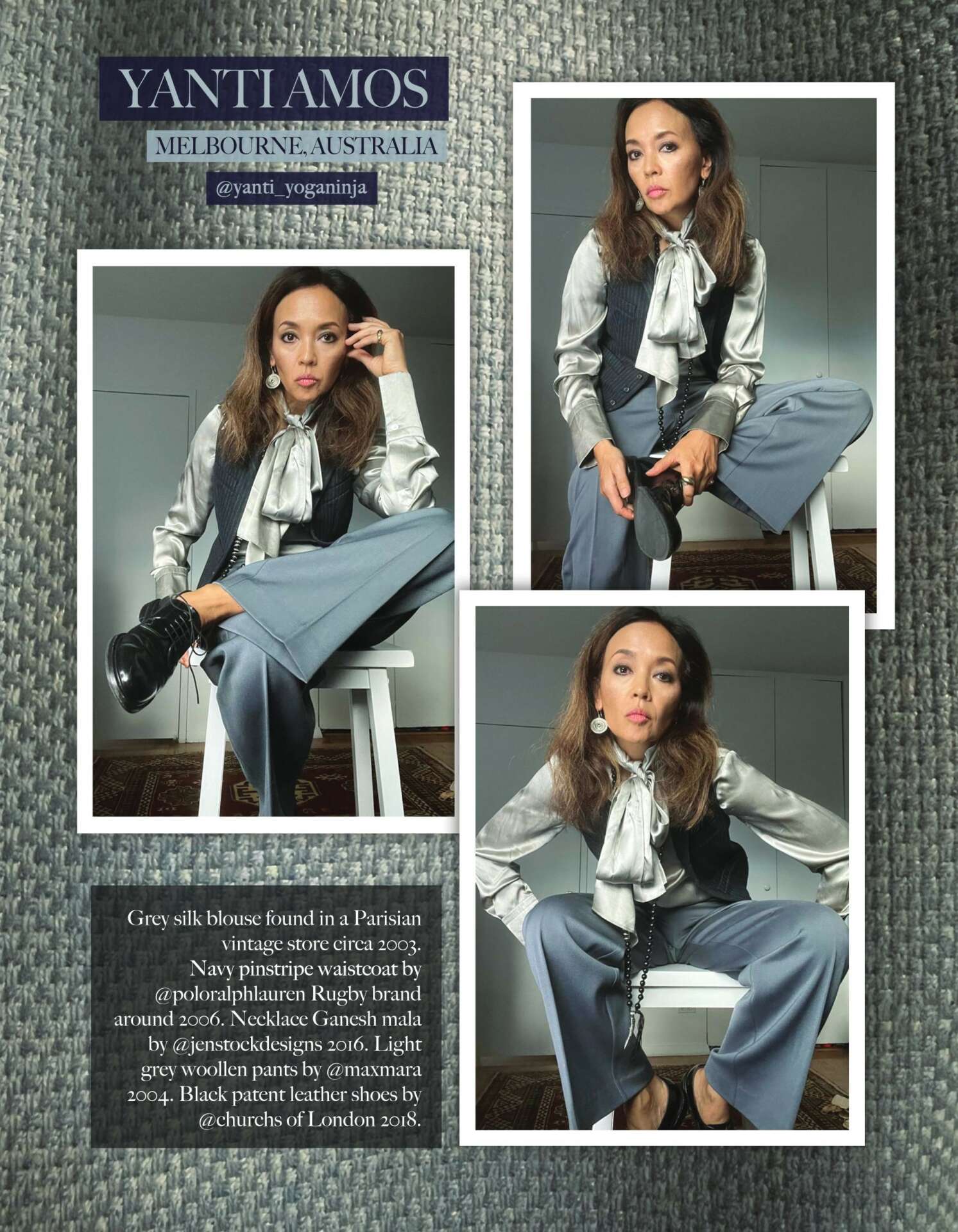
Awesome – so before we get into the rest of our questions, can you briefly introduce yourself to our readers.
After I decided to leave the practice of law in Australia, I applied to study at the Fashion Institute of Technology in New York City. (I was lucky to have a supportive partner who delayed his ambitions in Silicon Valley so I could complete my fashion education.) I was in my mid-20s at this time, it was the early 90’s. After graduating from FIT, I worked on Seventh Avenue for a year before being recruited by one of the bigger fashion corporations in California. Since my specialization at fashion school was in men’s tailoring, The Gap and then later Levi’s wanted me for my technical design knowledge (I’m a fit specialist and qualified pattern-maker) and this happened to be the beginning of the “business casual” shift in men’s dressing. I always wanted to be a head designer, and accepting a job in technical design to begin with I knew was a reasonable stepping stone.
Working for the big guys I honed my technical expertise (running fittings of prototypes and making pattern corrections, general quality assurance), and eventually got promoted and managed the design process, color and trend development, fabric sourcing, calendars and budgets and learned all about brand-building and merchandising. I still consider it a great gift to have been able to travel the world and be exposed to amazing manufacturers and learning from them. I know I sound ancient, but this was when email was new, so I felt very honored to be on the leading edge of professionals who were being taught how technology could make the working lives of designers more productive and efficient.
After working for large corporations for more than a decade I was excited and confident enough to start my own collection. As I mentioned above, it was a wonderful time for me; our then 2 year old daughter was my muse and I got to design what I wanted, developed my own color palettes, my own prototypes, and got to see a collection to fruition knowing it was my brainchild and my own unique aesthetic statement.
Eventually I closed the children’s business because our eldest child was close to graduating high school and was actually asking to spend more time with me. I was indeed traveling and spending a lot of time on the business. At that juncture pulling back was the right thing for me to do for my family – I didn’t want to miss any of the moments I knew we couldn’t ever do over. By 2015 I had observed the move in the zeitgeist toward downsizing and simplifying, and I started to produce a small capsule collection for women. It was the first step toward the general pull I was feeling to pair down, repair/reduce/recycle.
After Covid I knew it was time to edit and publish my own magazine. By this time I was doing a 180 and reassessing my relationship with the fashion business.
Having produced seasonal catalogs for a decade for my children’s line I knew what the magazine needed to look like and what the message needed to be. That “bestowing upon a garment a second, third or fourth life is a powerful environmental act and something we all as clothing lovers should view as our new collective imperative.” That was the word I needed to spread and if I were able to affect one person’s thinking, per week, it was going to be worth it.
In trying to increase awareness around fashion sustainability, I consciously decided to produce a hard copy version of the magazine, printed on 100% recycled paper using soy & vegetable-based inks. My primary motivation is to edify – to expose Baby Boomers Gen Xers in particular, to a new way of approaching fashion, style and consuming. (Millennials & Gen Z generally speaking have a pretty good handle on slow fashion and climate change). I figured, what better way to appeal to the oldies (and I count myself as a Boomer), than in the way we consumed media back in the day – in magazine form? Magazines back in the 80’s were in no way perfect; the public thirst for status was through fanatical consumption, (even in the magazines that claimed to be authentic women’s spaces, women’s bodies were objectified and a woman’s intellect was often trivialized) … but there was and still is always something special about flipping through the pages of a good looking book and admiring the cool styling and the fascinating faces. Tactile vs. digital. In this way, Circle Ahead was born.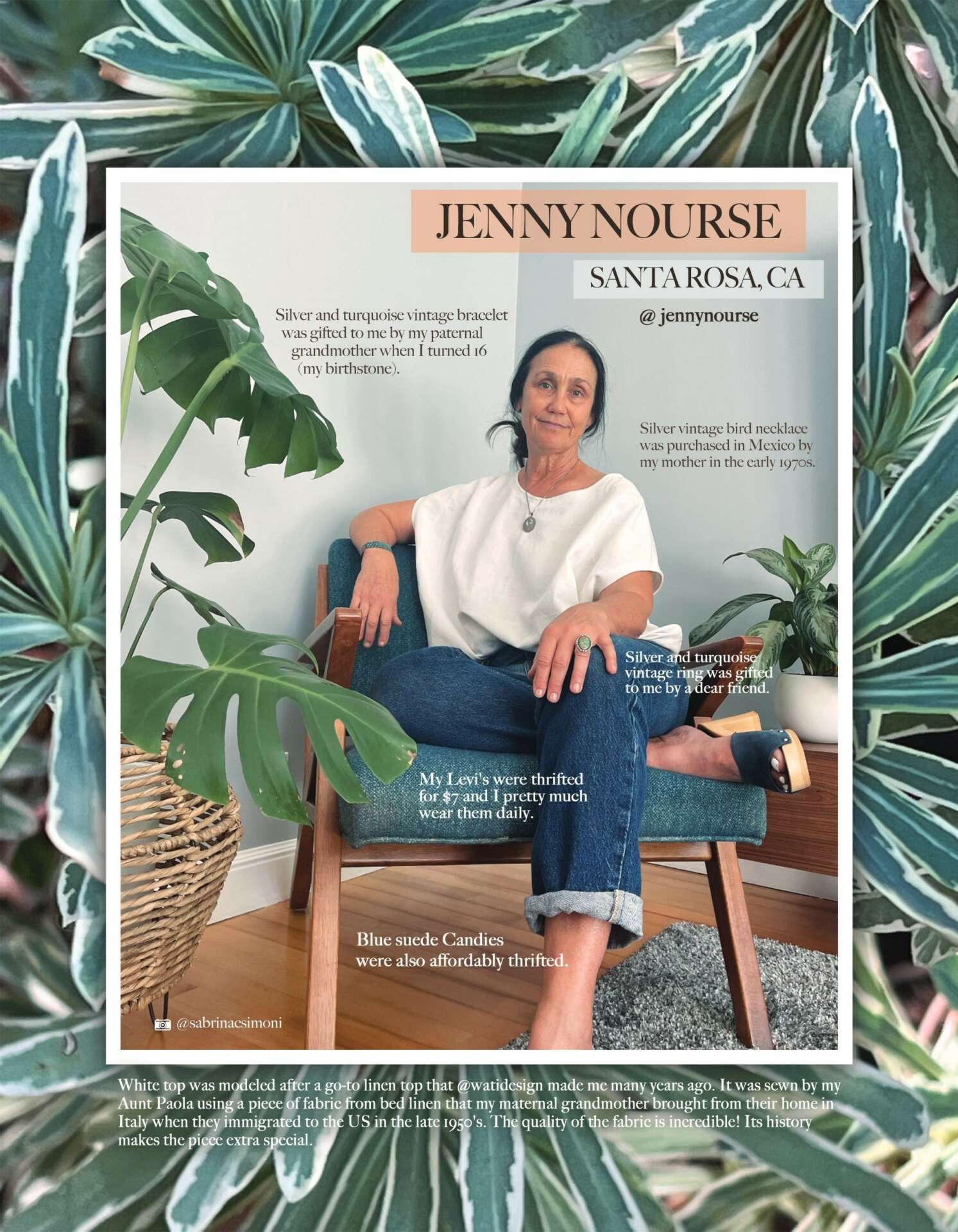
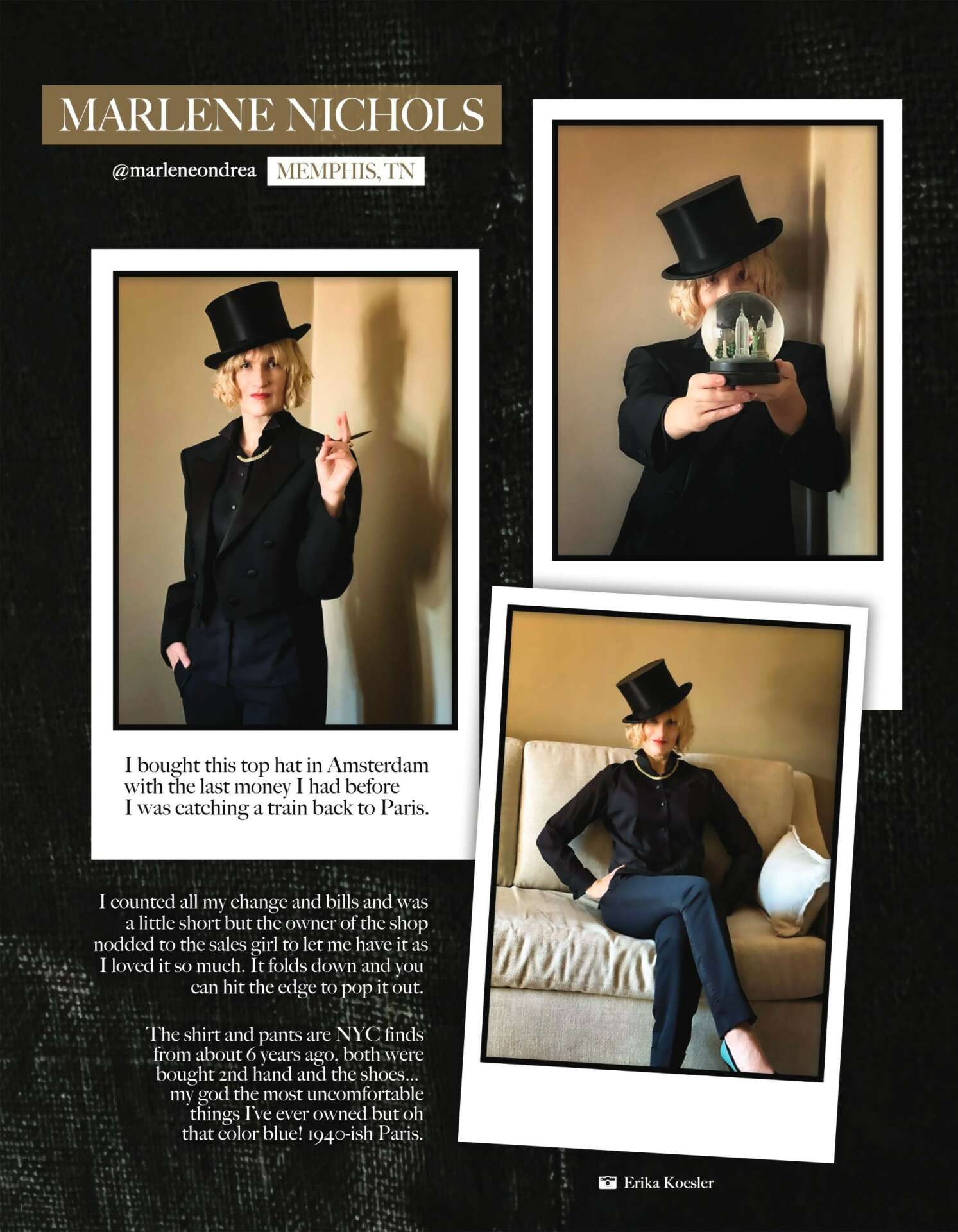
Can you tell us about a time you’ve had to pivot?
When I left the law to study fashion, that was my first big pivot. I was the woman in one of Australia’s largest law firms in the late 80’s who wanted to wear pantsuits and got into trouble doing so. Can you believe back then women were still required to wear skirts, high heels and pantyhose? I loved my big shouldered blazers but why couldn’t I wear trousers? Sartorially speaking the law was extremely traditional in those days. It was a real feminist and fashion dilemma for 20-something me.
In those days, people stayed on track and stuck with well-paying jobs that guaranteed status and prestige. No-one had side hustles, no-one left amazing careers to reinvent themselves. I got a lot of flak from family for leaving the law but I followed my gut and didn’t look back. When you make a life change, a big part of making it work, is if you’re able to not care about what others are saying about your choices.
At this time I left Australia and settled in the US with my husband so there were 2 big moves going on for me, career as well as geography. Some people have said to me Oh my god how did you do it? Well, I remember asking a lot of questions, I networked, and always tried to have a positive mindset. I made these life changes before social media was a potential resource – to learn anything you had to purchase a book from a bookstore, or ask someone – so reading books and putting myself out there was key.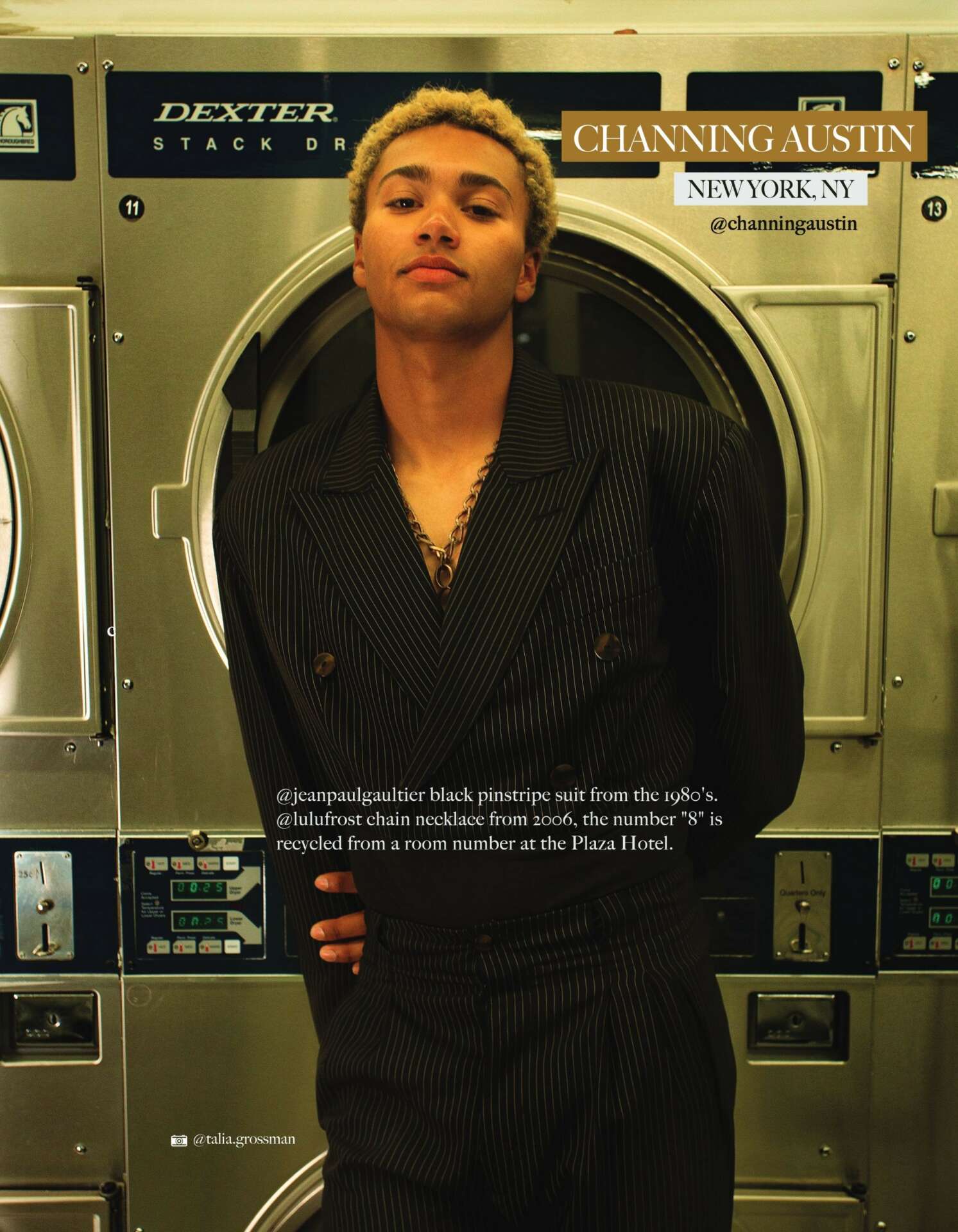
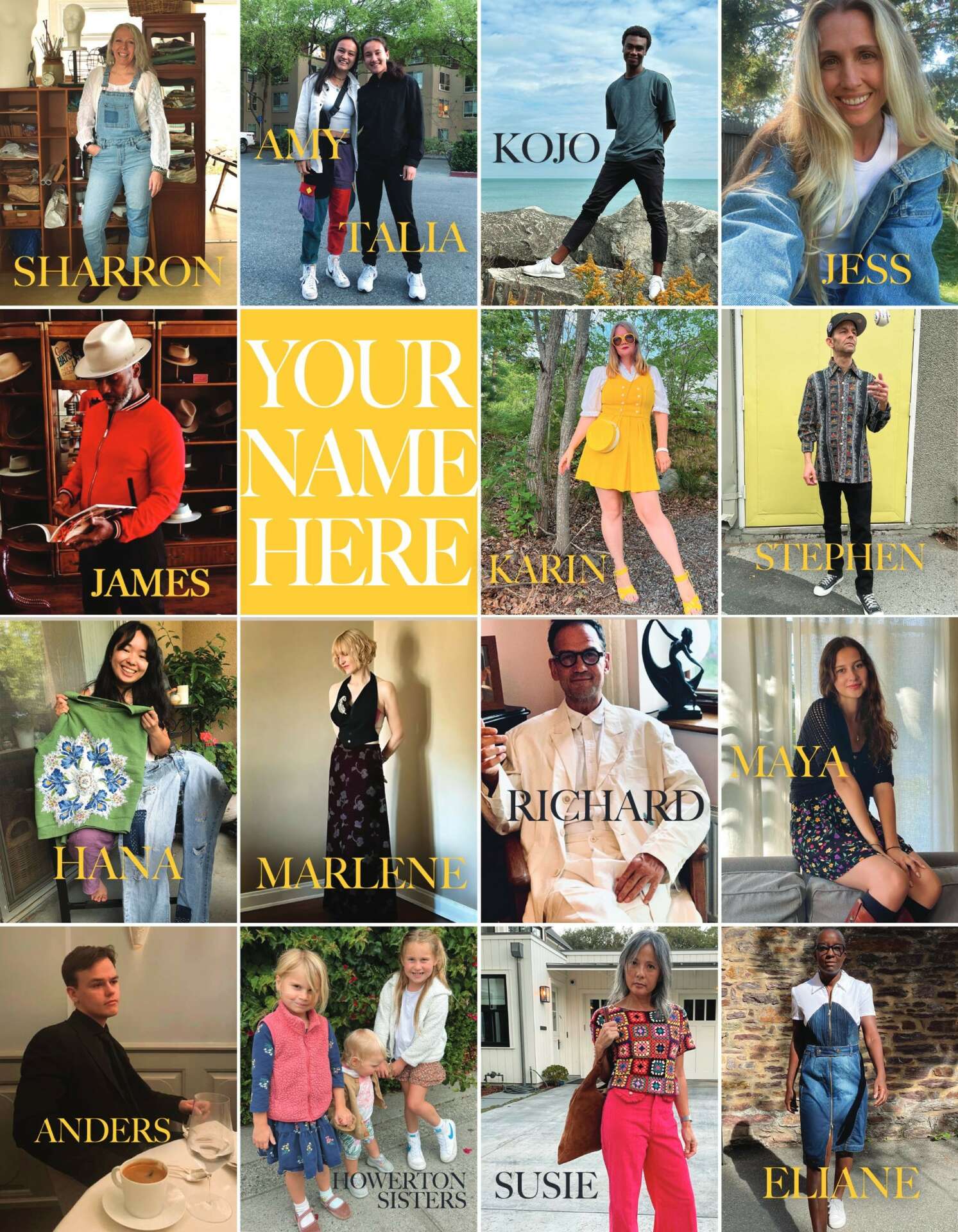
What’s the most rewarding aspect of being a creative in your experience?
One of the most rewarding aspects of being a creative is the real impact you can have on people. After switching careers, studying fashion, then getting experience in the industry, I finally started my own fashion brand, a children’s wear company in 2004 called Wati Design. The line offered sizes 4-12 and was bold, eclectic, utilized lots of saturated color, lots of embroidery and tactile fabrics like velvet, and the finest cotton voile. Every garment was machine washable, excellent quality and not super expensive at retail. We were in high-end boutiques around the United States, Japan and Korea. I like to think it was special and innovative in that it was offering something in the early 2000’s that was unique and fun.
Girls themselves loved wearing my designs. It was important to me that children look their age. At the time, my observation was that several brands out there were hurrying young girls into womanhood and encouraging more overtly provocative looks. Design-wise I was all about kids being kids.
I started the collection before e-commerce had really taken hold, so customers would place seasonal orders at the big children’s trade shows in New York City; I also had amazing sales reps and showrooms dotted around the country. (How things have changed!)
I’d get constant fan mail, mothers and grandparents would stop me in the street and thank me. It was very humbling to be bringing joy to children. I just recall the smiles and the stories shared with me of the pure delight.
At the end of each season when I had excess inventory I’d organize local trunk shows with other designers and artists and we’d sell with a view to supporting causes in need. I also look at eBay and other resale sites and still see my girls’ garments on sale. This makes me very happy 1. Because it means they’ve lasted more than a decade (I stopped producing my children’s wear line in 2012) and 2. Because reuse and recycling, and respecting sewing and fine workmanship is my bedrock.
I’m so grateful that I may have had a positive impact on one small chapter of a young person’s childhood. That my aesthetic mattered to them and made them smile.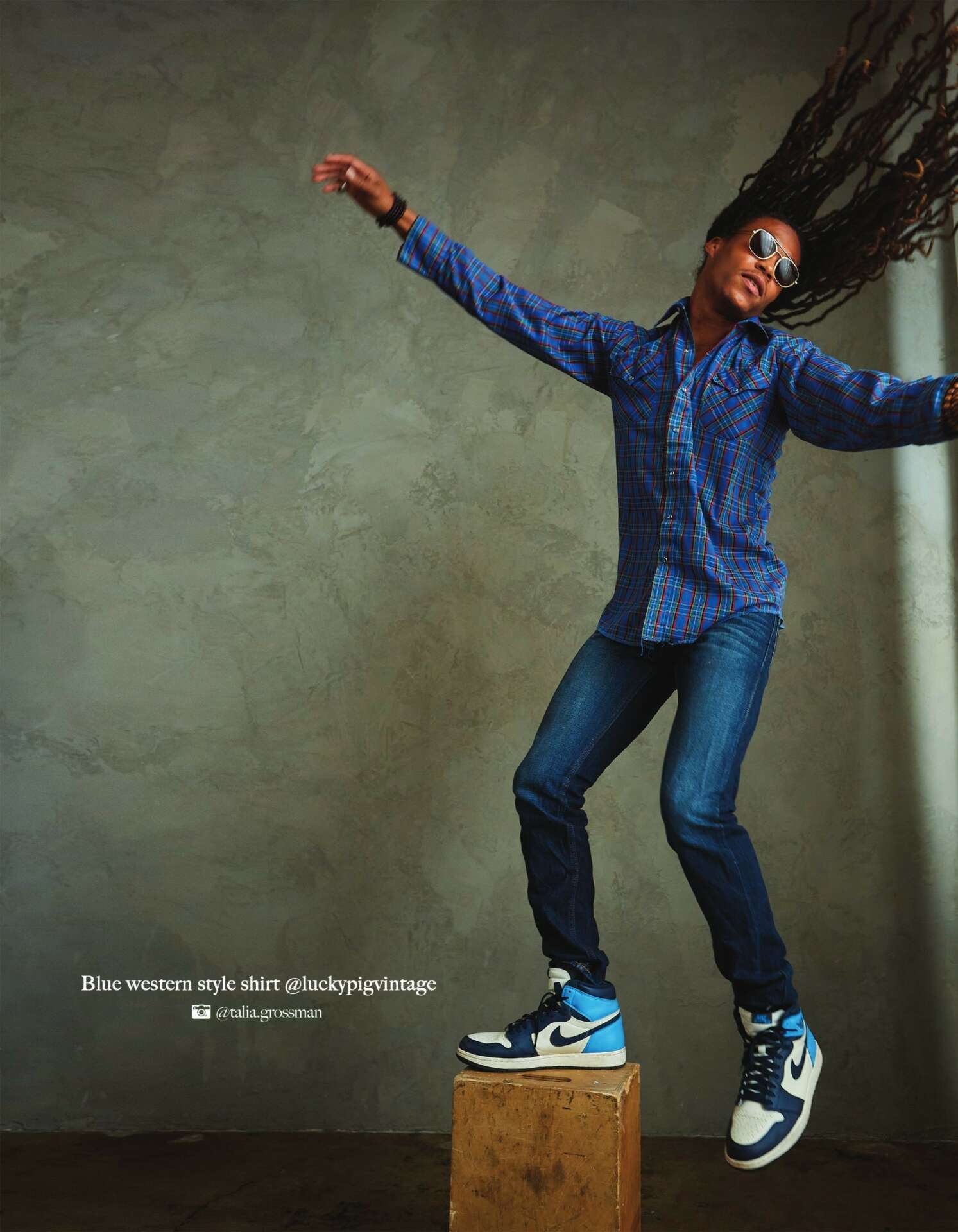
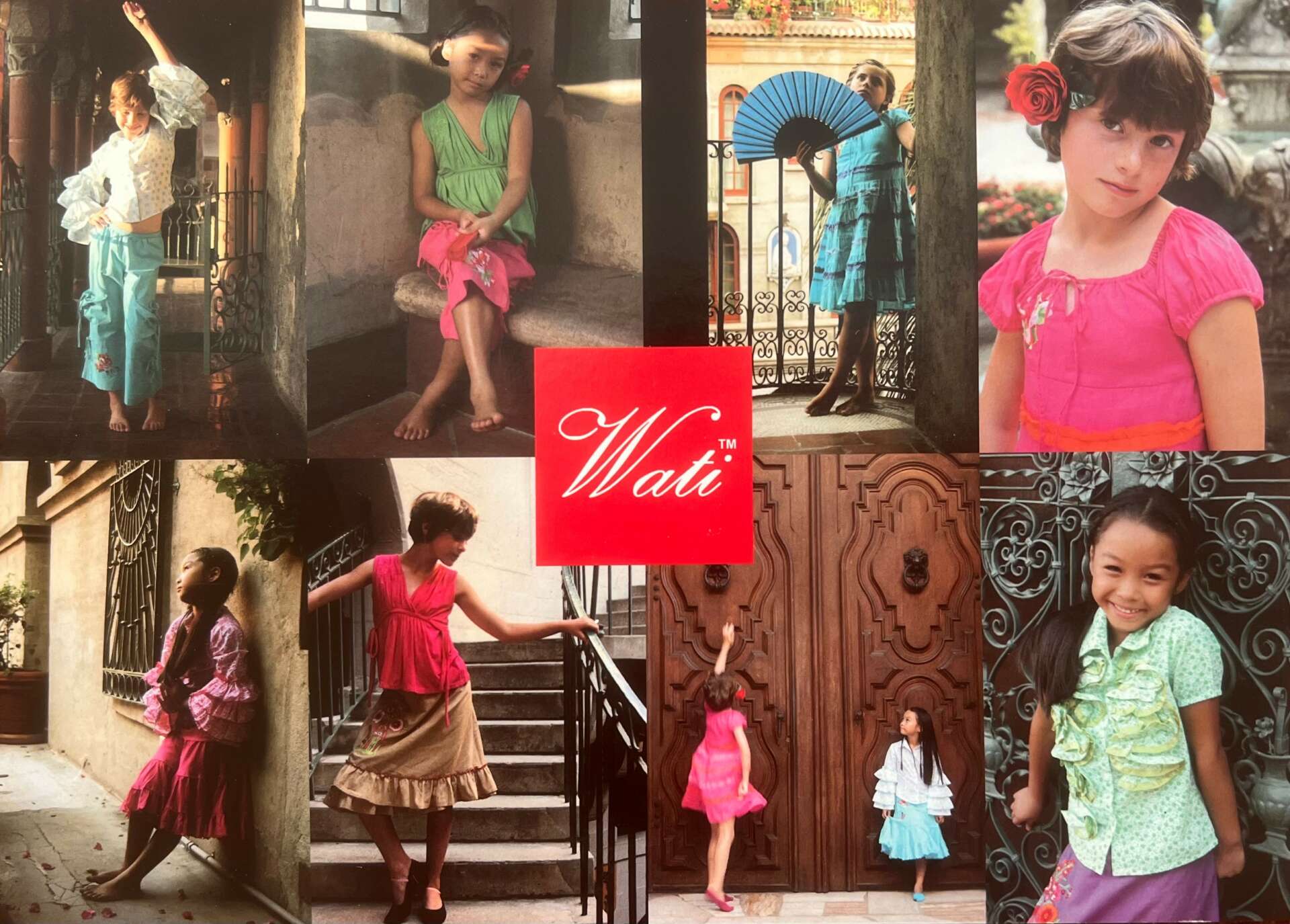
Contact Info:
- Website: www.watidesign.com
- Instagram: @watidesign @circle_ahead
- Facebook: Wati Grossman
- Linkedin: Wati Grossman
- Pinterest: Pinterest.com/watidesign
Image Credits
@talia.grossman @sabrinacsimoni Tamara Muth-King Erika Koesler Yanti Amos


